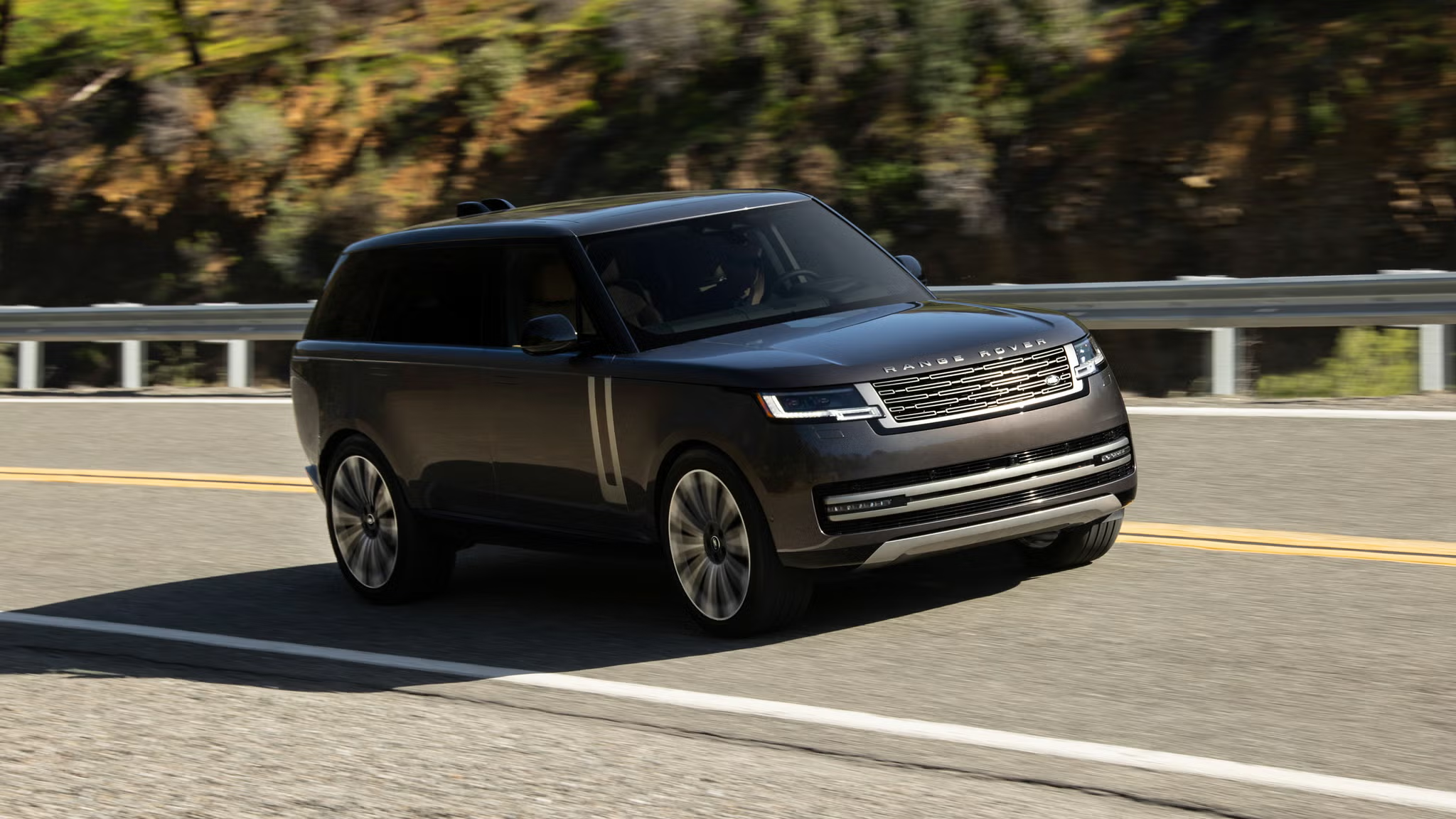Choosing a car is one of the most significant financial decisions many people make, and for good reason: a vehicle is not just a mode of transportation but also a long-term investment. Beyond the sticker price, one of the most important yet often overlooked factors is how reliable a car is and how much it will cost to maintain over its lifespan.
Maintenance expenses—ranging from routine oil changes and brake pads to unexpected engine or transmission repairs—can dramatically affect the true cost of ownership. Some car brands are renowned for their longevity and low upkeep, offering owners peace of mind and saving money over time.
Others, while perhaps appealing at first glance due to luxury, design, or performance, may end up draining the wallet with frequent and expensive repairs. Understanding these differences can help prospective buyers make informed choices that align with their budget, lifestyle, and expectations.
In today’s automotive market, the distinction between brands that last without expensive maintenance and those that do not is clearer than ever. This divide often comes down to a combination of engineering philosophy, manufacturing quality, complexity of technology, and the availability of affordable replacement parts.
Brands like Toyota and Honda have built global reputations for reliability by focusing on proven technologies, rigorous quality control, and practical design choices that prioritize longevity. These manufacturers have consistently delivered vehicles that can surpass 200,000 miles with only modest upkeep, making them favorites among cost-conscious buyers and fleet operators alike.
Similarly, brands such as Subaru, Ford (certain models), and Hyundai have earned praise for combining durability with manageable maintenance costs, especially in their most reliable models. On the flip side, some brands, despite their allure, face criticism for high maintenance costs and reliability challenges.
Luxury brands like Land Rover and Jaguar often pack vehicles with advanced features and sophisticated electronics, which, while impressive, increase the risk of costly repairs. Italian automaker Fiat, although stylish and compact, has struggled with inconsistent build quality and mechanical issues that surprise many owners.
BMW, renowned for performance and driving dynamics, frequently demands premium maintenance and repair costs that can overwhelm budget-conscious owners. Even within more mainstream American brands like Chevrolet, certain models have been known to experience mechanical and electrical problems that lead to expensive upkeep.
The reasons behind these disparities are multifaceted. Some brands prioritize cutting-edge technology and luxury features, inadvertently increasing complexity and the potential for breakdowns. Others rely on tried-and-true engineering with simpler, more robust designs that stand the test of time.
Additionally, the availability of parts, the expertise of service networks, and the manufacturer’s approach to warranty and recalls all play vital roles in shaping the long-term cost and ease of vehicle ownership. Buyers must also consider how the vehicle will be used—urban commuting, long highway driving, or off-road adventures—as these factors influence maintenance demands.
This article will explore five car brands known for lasting long without expensive maintenance, highlighting what makes them reliable and cost-effective choices. It will also examine five brands that often require costly repairs and upkeep, analyzing the reasons behind their higher ownership expenses.
By understanding these nuances, readers can better navigate the complexities of automotive ownership, making choices that reduce stress, improve satisfaction, and protect their wallets over the years ahead.
Also Read: 5 Hybrids With Most Engine-Off Coasting and 5 With Engine Noise
5 Car Brands That Last Without Expensive Maintenance

1. Toyota
Toyota’s reputation for reliability is deeply ingrained in the automotive world, and this stems from a corporate culture that prioritizes quality, durability, and cost-effectiveness. The brand’s philosophy revolves around “kaizen,” a Japanese term meaning continuous improvement, which has been applied rigorously in Toyota’s manufacturing processes.
This commitment ensures that each generation of vehicles is more reliable than the last, minimizing the risk of breakdowns and reducing the frequency of expensive repairs. Toyota’s conservative engineering approach avoids unnecessary complexity; rather than chasing cutting-edge but unproven technologies, Toyota focuses on refining existing designs to maximize durability.
One of Toyota’s strongest points is its engineering of the powertrain—the engine and transmission. The company builds engines known for smooth operation and longevity, often using simple yet robust components. For example, Toyota’s inline-four engines feature iron blocks and aluminum heads designed to withstand high mileage.
The transmissions, whether automatic or manual, tend to be straightforward and reliable, avoiding the issues that plague some competitors with more complicated gearboxes. Additionally, Toyota’s hybrid technology, as seen in the Prius, combines traditional internal combustion engines with electric motors in a way that maximizes efficiency without sacrificing reliability.
This system has been extensively tested and improved over decades, contributing to the brand’s reputation for low maintenance costs even for hybrid models.
Beyond mechanical engineering, Toyota invests heavily in quality control during manufacturing. The company uses statistical methods and rigorous inspection at every stage of production, which results in fewer defects leaving the factory.
This proactive approach means fewer recalls and less likelihood of early-life failures, which benefits owners financially by reducing repair bills during the critical first years of ownership.
Toyota’s global supply chain is also well-organized, ensuring that replacement parts are readily available and reasonably priced. This accessibility not only lowers the cost of repairs but also reduces downtime, as owners can get their vehicles serviced promptly.
Moreover, Toyota’s vehicles have a simple, practical design philosophy that favors durability over flashiness. Interiors and body panels use materials that are easy to clean and resistant to wear and tear. The suspension systems are designed for comfort and longevity rather than overly stiff or sporty setups that may sacrifice durability.
These design choices collectively help Toyota cars maintain their condition over many years, ultimately contributing to their overall lower lifetime maintenance costs. For consumers seeking a hassle-free ownership experience, Toyota’s balance of engineering, manufacturing excellence, and practicality makes it a standout choice.
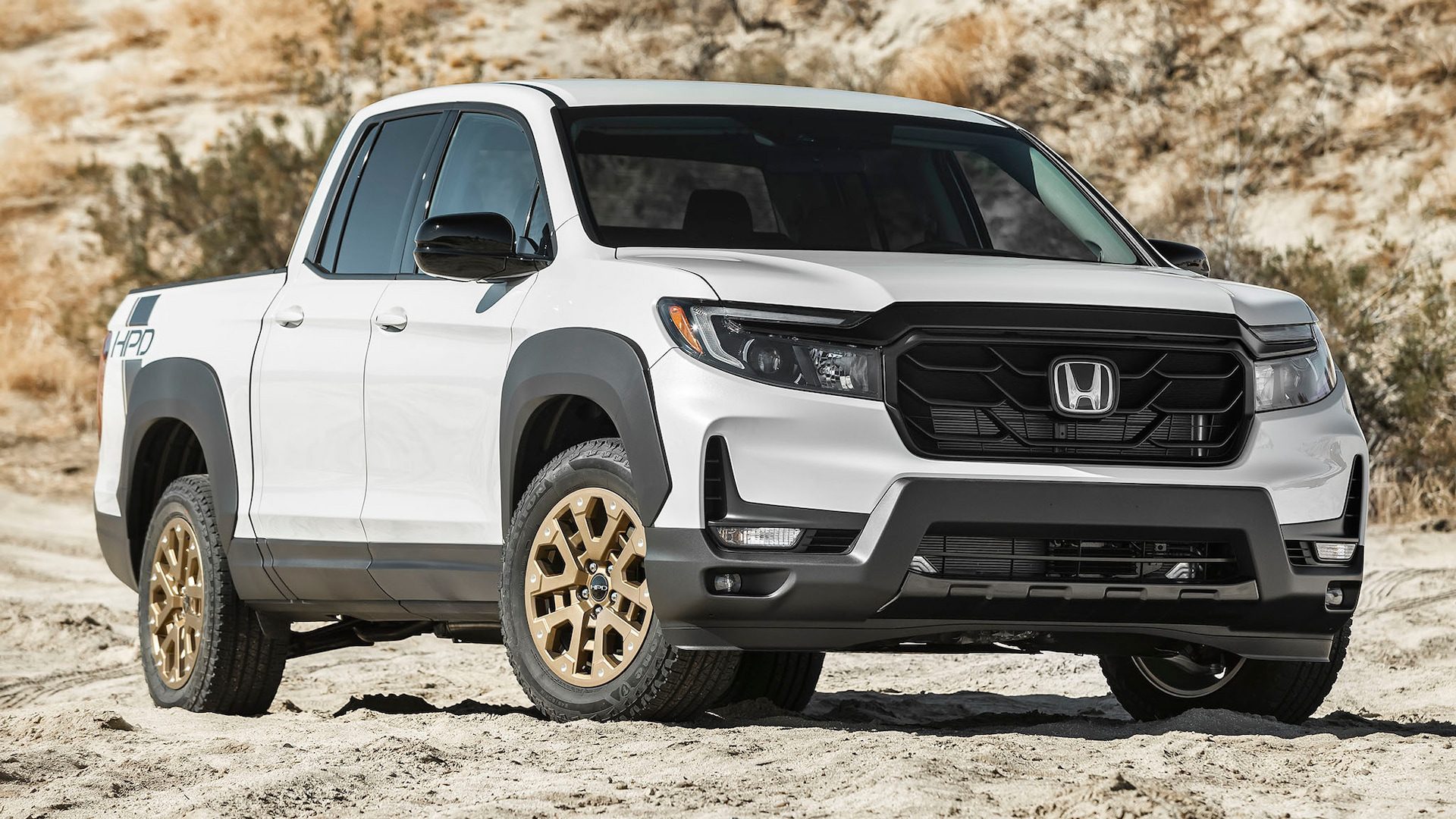
2. Honda
Honda shares much of Toyota’s ethos when it comes to reliability but brings its own unique strengths to the table. Known for their engineering prowess, Honda’s powertrains have been designed with an emphasis on efficiency, durability, and ease of maintenance.
Honda engines, especially the inline-four configurations found in models like the Civic and Accord, have earned acclaim for their ability to consistently deliver strong performance over extended mileage without frequent failures.
This reliability is a result of carefully calibrated components, such as durable valve trains, robust piston rings, and efficient cooling systems, which all contribute to longer engine life.
One key aspect of Honda’s reliability is the relative simplicity and accessibility of its mechanical systems. The brand has historically avoided overly complex designs in its core models, making routine maintenance tasks like oil changes, brake replacements, and timing belt changes easier and less expensive for owners and mechanics.
Furthermore, Honda’s widespread popularity has created a robust aftermarket ecosystem where parts are plentiful and affordable. Mechanics are familiar with common issues and maintenance procedures, which reduces labor costs and repair times.
Honda also excels in chassis and drivetrain engineering. The brand’s vehicles typically feature well-balanced suspensions that provide comfort without sacrificing durability. Components such as struts, bushings, and control arms are engineered to withstand regular wear from urban and highway driving, often lasting well beyond 100,000 miles before replacement becomes necessary.
The transmissions, both manual and automatic, have been refined over years to deliver smooth shifts and long service lives. For instance, Honda’s manual transmissions are known for their robustness, with many enthusiast owners reporting minimal issues even under spirited driving conditions.
Another critical factor contributing to Honda’s low maintenance costs is the brand’s proactive approach to recalls and customer service. Honda tends to address potential issues early, issuing recalls or service campaigns to fix problems before they become costly repairs.
This level of support helps owners avoid unexpected expenses and keeps vehicles running smoothly for longer periods. Additionally, Honda’s continuous investment in research and development ensures that newer models incorporate technologies aimed at reducing wear and improving fuel efficiency, which indirectly lowers the total cost of ownership.
Finally, Honda’s reputation is reflected in its resale values, which tend to remain strong over time. The market rewards Honda vehicles that combine low maintenance costs with reliable performance and comfort, making them an attractive option for used car buyers.
For consumers prioritizing a blend of longevity, affordability, and driving enjoyment, Honda stands out as a brand that consistently delivers on these promises.
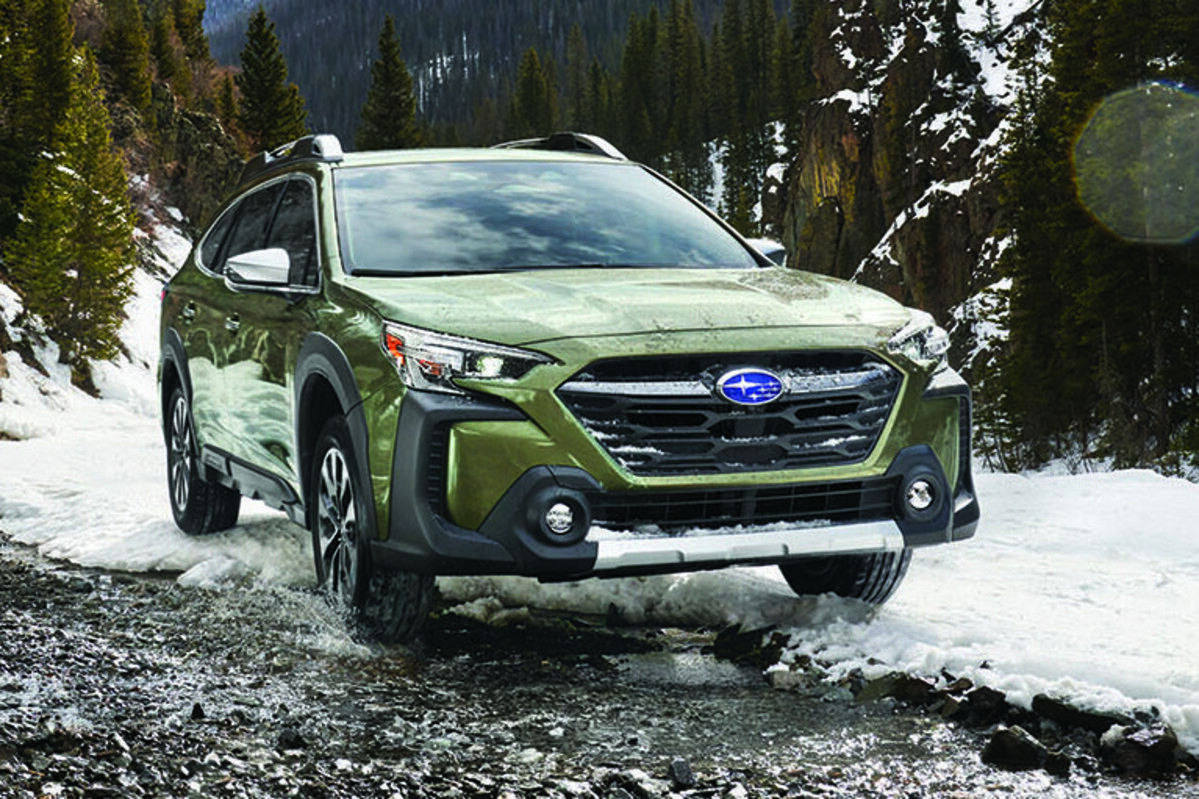
3. Subaru
Subaru’s unique selling proposition revolves around its rugged all-wheel-drive system, which is engineered to provide excellent traction and stability in diverse driving conditions.
This focus on capability does not come at the expense of reliability or maintenance costs; instead, Subaru has built a reputation for producing vehicles that are both durable and practical, especially for buyers living in regions with harsh weather or rough terrain.
The brand’s hallmark boxer engine layout contributes to a low center of gravity, enhancing handling and stability while also offering mechanical advantages in terms of balance and longevity. The flat engine design in Subarus helps evenly distribute wear on components, and its horizontally opposed pistons create less vibration, which can reduce mechanical strain over time.
This design choice, coupled with Subaru’s use of high-quality materials and conservative engineering tolerances, helps ensure that engines last for many miles when properly maintained. In fact, many Subaru owners report their cars running smoothly well beyond 200,000 miles, provided they adhere to recommended service intervals and use the correct fluids and parts.
Maintenance on Subaru vehicles tends to be affordable because of their relative mechanical simplicity and the brand’s commitment to durability. The symmetrical all-wheel-drive system, a staple of the brand, is designed to be both reliable and relatively easy to service compared to other complex AWD setups on the market.
This system distributes power evenly to all four wheels, enhancing stability without introducing excessive mechanical complexity or frequent repairs. Parts for Subaru are widely available, and the brand’s strong presence in many markets ensures a well-established network of dealerships and independent mechanics knowledgeable about their vehicles.
Subaru also emphasizes safety and practicality in its design philosophy, which indirectly benefits long-term durability and maintenance costs. Features like reinforced body structures, protective underbody shields, and quality weather sealing help prevent common wear issues such as rust and corrosion, which can lead to costly repairs in older vehicles.
The brand’s reputation for building resilient cars has translated into strong resale values and high satisfaction rates among owners, many of whom are loyal to the brand due to their positive ownership experiences.
Moreover, Subaru’s continuous innovation in areas like fuel injection, emission control, and drivetrain technology aims to improve efficiency and reduce mechanical stress.
Although some earlier models had known issues with head gaskets, Subaru has largely addressed these concerns in more recent generations. Overall, Subaru strikes an admirable balance between ruggedness and affordability in maintenance, making it a brand that appeals to those needing reliable transportation in demanding environments.

4. Ford (Certain Models)
Ford’s legacy as an American automaker includes producing vehicles built for toughness and everyday utility, particularly in its truck and SUV segments.
While Ford’s overall reliability ratings can vary by model, several of its vehicles have proven to be durable and relatively inexpensive to maintain, making them smart choices for buyers prioritizing long-term value. The Ford F-150, a best-selling truck for decades, stands out as a prime example of durability combined with manageable upkeep.
The F-150’s design emphasizes straightforward, rugged engineering, with powertrains and chassis components developed for heavy-duty use. This means the vehicle can endure harsh conditions and heavy loads without frequent breakdowns.
Maintenance on the F-150 and similar models, such as the Ford Escape and Explorer, is facilitated by the wide availability of parts and extensive network of Ford service centers and independent mechanics across the country. This infrastructure helps keep repair costs down and service convenient.
Ford has also made strides in modern engine technology, including the introduction of EcoBoost engines that offer turbocharged power while maintaining fuel efficiency.
These engines, when properly maintained, have demonstrated good reliability and help reduce operating costs by improving gas mileage. Routine maintenance like oil changes, filter replacements, and brake work are typically straightforward and affordable, especially compared to luxury or performance vehicles.
Another advantage of Ford vehicles is their wide acceptance in the aftermarket and enthusiast communities, which can offer cost-effective repair and upgrade options.
This aftermarket support, combined with Ford’s commitment to improving build quality, means that owners of certain models can expect longevity without the premium maintenance costs associated with many luxury or imported brands.
Furthermore, Ford trucks and SUVs often have durable suspension and drivetrain components designed to withstand heavy use, contributing to their long-term reliability.
While Ford may not have the near-flawless reputation of some Japanese manufacturers, it offers practical, durable vehicles that perform well over time without requiring costly upkeep. Buyers looking for dependable American-made vehicles with manageable maintenance should consider specific Ford models known for their robustness and serviceability.

5. Hyundai
Hyundai’s rise from a budget-oriented brand to a global contender known for quality and value is a remarkable automotive success story.
This transformation is rooted in the company’s commitment to improving engineering, design, and customer satisfaction, all of which contribute to the brand’s growing reputation for producing vehicles that last without excessive maintenance costs.
Hyundai’s extensive warranty coverage, including a 10-year/100,000-mile powertrain warranty in many markets, underscores the company’s confidence in its durability and gives buyers peace of mind.
The brand has invested heavily in modern engine and transmission technology, employing advanced manufacturing techniques and quality materials to produce powertrains that balance performance and longevity.
Hyundai engines, such as the four-cylinder units found in the Elantra and Sonata, incorporate features like direct injection and variable valve timing, which enhance efficiency without compromising reliability. Transmissions have evolved to include smooth-shifting automatics and efficient CVTs, designed for durability and low maintenance.
Hyundai’s vehicles benefit from improved build quality, with better fit and finish, more durable interior materials, and corrosion-resistant body panels. These improvements help prevent common aging issues that can lead to costly repairs, such as interior wear or rust.
Moreover, Hyundai’s global manufacturing and supply chain ensure parts are accessible and reasonably priced, helping to keep maintenance and repair costs down. This availability makes it easier for owners to find affordable service options, whether at dealerships or independent shops.
Customer feedback and industry reliability surveys reflect Hyundai’s steady progress in producing dependable vehicles. Owners often praise the brand for its low total cost of ownership, combining affordable purchase prices with minimal unexpected repairs.
Hyundai’s focus on fuel efficiency and environmental standards also means that vehicles maintain good performance without excessive mechanical strain, further reducing long-term maintenance needs.
Additionally, Hyundai’s rapid growth has been accompanied by a commitment to innovation and responsiveness to customer needs, with the company regularly updating its models to address previous shortcomings.
This proactive approach results in vehicles that not only last longer but also require fewer expensive repairs over time. For buyers seeking a reliable, budget-friendly car with modern features, Hyundai represents a compelling option.
5 Car Brands That Don’t Last Without Expensive Maintenance
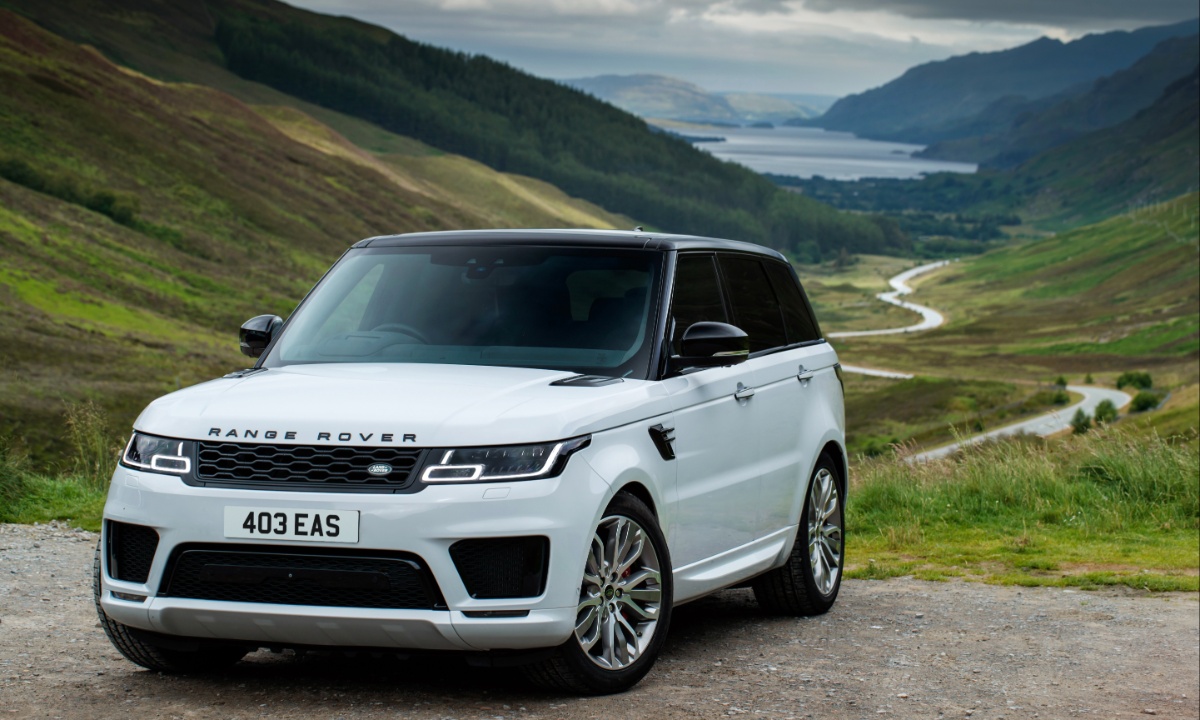
1. Land Rover
Land Rover is synonymous with luxury off-roading and British automotive prestige, but beneath the surface lies a reputation for reliability woes and high maintenance costs.
While Land Rover vehicles often boast impressive capabilities and cutting-edge technology, these attributes frequently come at the expense of durability and cost-effective upkeep.
Owners of Land Rover models commonly report persistent mechanical issues, particularly related to complex electrical systems and drivetrain components, which can lead to an endless cycle of expensive repairs.
A major factor contributing to Land Rover’s maintenance challenges is the brand’s heavy reliance on sophisticated electronics and sensor-driven systems. These systems control everything from air suspension to engine management and infotainment, but they are often prone to failure or glitches that require specialized diagnostic tools and expensive parts.
For instance, air suspension components, which provide the brand’s signature smooth ride and off-road ability, are known to develop leaks or compressor failures. Repairing or replacing these components can cost thousands of dollars, quickly making ownership prohibitively expensive for many.
The engines used in Land Rover vehicles, particularly older V8 and V6 units, have been criticized for issues like oil leaks, coolant leaks, and timing chain problems, all of which require costly interventions.
Moreover, Land Rover’s complex all-wheel-drive systems, designed for maximum traction and terrain versatility, can suffer from transfer case and differential failures if not meticulously maintained. The maintenance schedules for these systems are often more demanding and costly compared to simpler drivetrains, making Land Rover ownership a financial strain over time.
Additionally, Land Rover’s build quality has been a concern, with reports of premature wear on interior materials, door seals, and exterior paint. These quality control issues exacerbate the high maintenance costs by forcing owners to spend on cosmetic repairs alongside mechanical fixes.
Because Land Rover is a niche luxury brand, replacement parts and specialist labor come at a premium, further escalating the total cost of ownership.
Even routine maintenance like oil changes or brake jobs can be pricier than average due to the brand’s specialized components and dealer-centric service network. All these factors combine to give Land Rover a reputation for being a status symbol that’s expensive to keep running smoothly.
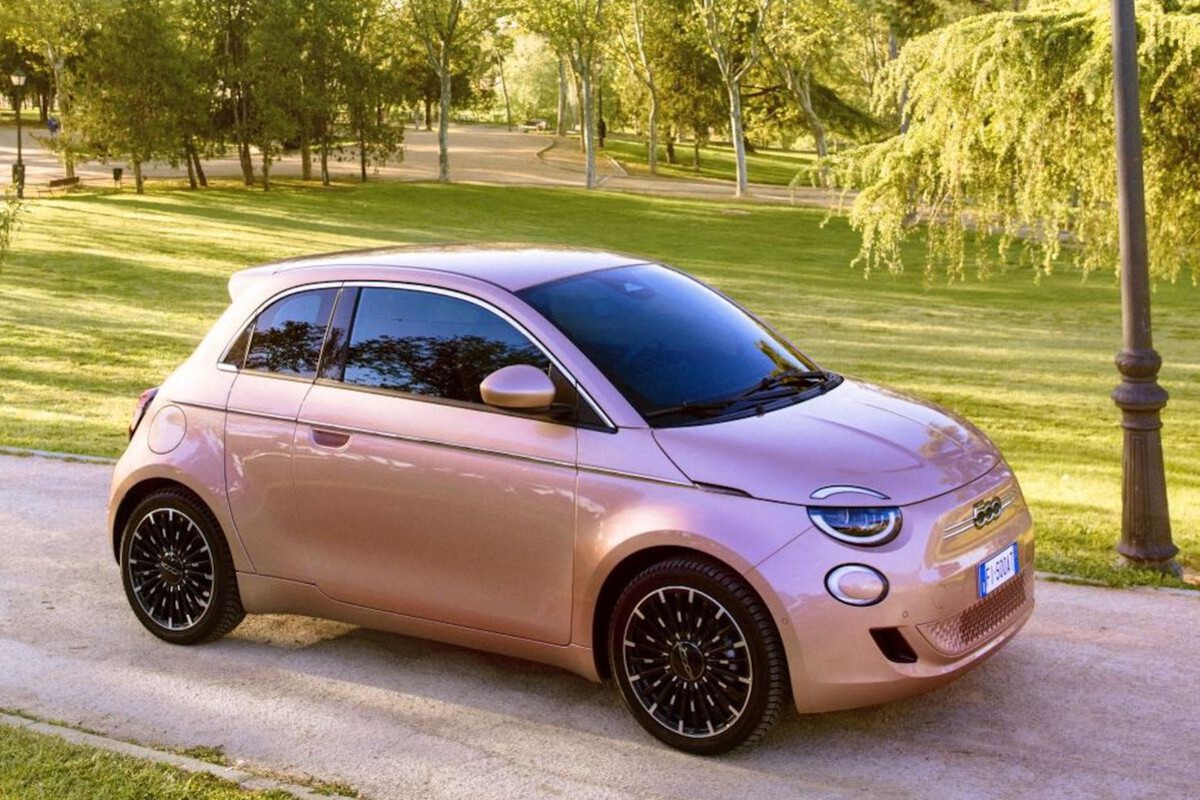
2. Fiat
Fiat, the iconic Italian automaker known for small, stylish city cars, has struggled with reliability and maintenance costs that can often surprise owners. While Fiat vehicles shine in urban maneuverability and distinctive design, their engineering sometimes prioritizes style over substance, leading to frequent mechanical problems and elevated repair expenses.
Owners have reported a wide range of issues spanning engine performance, electrical faults, and transmission malfunctions, all contributing to an unpredictable and costly ownership experience.
A key problem area for Fiat vehicles is their engines, which in certain models have demonstrated tendencies toward overheating, oil leaks, and premature wear of timing belts or chains.
These issues often arise due to the compact, tightly packed engine bays and sometimes complex turbocharged setups aimed at maximizing power output in small-displacement engines. When problems do occur, repairs can be complicated by the limited space, requiring labor-intensive work and driving up service bills.
The electrical systems in Fiat cars are another source of headaches for owners. Faulty wiring harnesses, malfunctioning sensors, and problematic electronics related to the infotainment and climate control systems are commonly reported.
Since many Fiat models share components across different systems, a single electrical failure can cascade into multiple malfunctions, making diagnostics difficult and costly. Replacement parts, especially those imported from Italy, can be expensive and slow to arrive, leading to long wait times and increased downtime for repairs.
Fiat’s transmissions have also been a weak point. Some models, particularly those equipped with automated manual transmissions or early-generation dual-clutch gearboxes, have suffered from jerky shifting, clutch wear, and premature failure.
Repairs or replacements of these transmission units are often costly, and the availability of skilled technicians familiar with these systems is sometimes limited outside major urban centers.
Furthermore, the brand’s traditionally modest build quality means that interior materials, door locks, and trim pieces tend to degrade faster than expected, contributing to higher maintenance costs even for cosmetic upkeep.
While Fiat has made improvements in recent years, particularly with the introduction of newer models and partnerships with more reliable manufacturers, the lingering reputation for maintenance issues still influences buyer decisions.
For owners prioritizing low-cost reliability, Fiat’s history suggests a cautious approach, especially when considering older or less well-supported models.
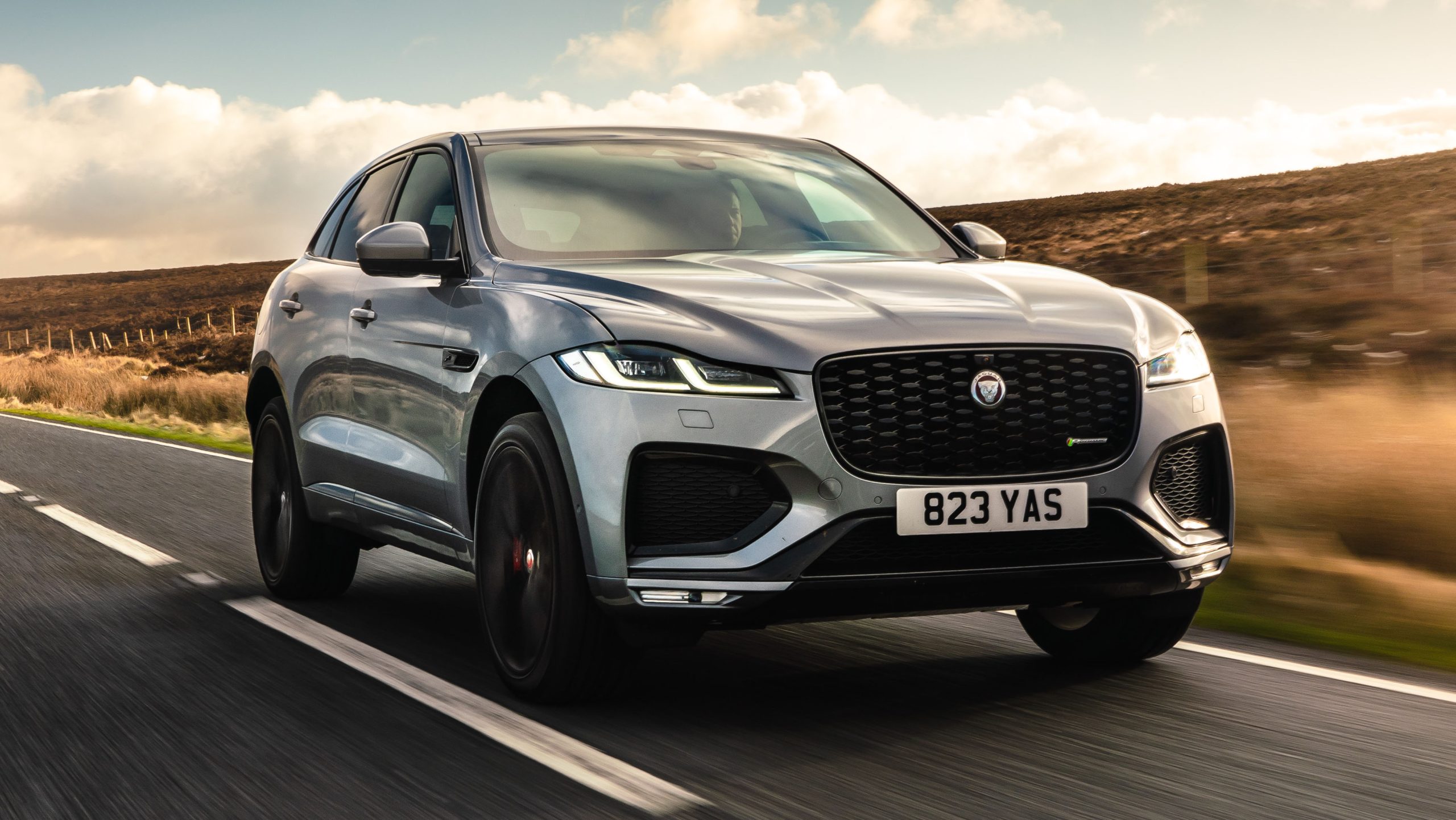
3. Jaguar
Jaguar has long been associated with British luxury and sporty elegance, but behind the sleek styling lies a history of reliability problems and maintenance headaches.
Despite efforts to modernize and improve quality under new ownership, Jaguar vehicles still often carry a reputation for requiring frequent repairs and costly service. The brand’s emphasis on advanced technology and performance has sometimes resulted in complex systems that are prone to failure, making ownership expensive and frustrating.
One of the biggest maintenance challenges with Jaguar vehicles is their engine reliability. Certain Jaguar engines, especially the V6 and V8 units used in past generations, have exhibited issues such as oil leaks, coolant system failures, and timing chain problems.
These engine troubles not only impact performance but can lead to severe mechanical damage if not addressed promptly. Repairing these problems often requires expensive replacement parts and specialized labor, which can significantly inflate maintenance bills.
Jaguar’s sophisticated electronics and infotainment systems also pose a challenge. The brand has incorporated many cutting-edge features, including adaptive suspension, advanced driver assistance systems, and complex climate controls, all controlled by a web of sensors and modules.
While these systems enhance driving comfort and safety, they also add layers of complexity that increase the risk of malfunctions. Diagnosing electrical issues often requires dealer-level diagnostic tools, and repairs can be costly due to the proprietary nature of Jaguar components.
Suspension and drivetrain maintenance can also be pricey on Jaguars. The company’s focus on sporty handling means many models have intricate suspension setups with components like air springs, adaptive dampers, and multi-link rear suspensions.
These systems can wear prematurely or fail, especially if the vehicle is driven aggressively or over rough roads. Replacing suspension parts or repairing drivetrain components like differentials or transfer cases can easily run into thousands of dollars, further contributing to the brand’s expensive maintenance reputation.
In addition to mechanical and electrical issues, Jaguar’s interior quality in some models has been criticized for materials that degrade over time, such as leather seats cracking and trim pieces becoming loose.
These factors combine with the brand’s limited dealer network in some regions to make servicing a Jaguar a more costly and time-consuming endeavor compared to more mainstream luxury brands. For buyers who value prestige but want to avoid high upkeep costs, Jaguar can be a risky proposition.

4. BMW
BMW is renowned worldwide for delivering a driving experience that balances luxury and sportiness, but this often comes with a higher-than-average maintenance cost and mixed reliability ratings.
While BMWs excel in performance and build quality, their complex engineering, high-tech systems, and performance-oriented components frequently require specialized and costly maintenance that can catch owners off guard. The brand’s tendency to push the boundaries of automotive technology sometimes leads to issues that are expensive to diagnose and fix.
Engines in many BMW models, especially turbocharged variants introduced in recent years, can be prone to problems such as carbon buildup on intake valves, coolant system failures, and oil leaks.
The company’s direct injection engines, while efficient and powerful, may develop reliability issues without meticulous maintenance. Replacing components like water pumps, thermostats, and turbochargers is often expensive due to BMW’s premium pricing on parts and the labor-intensive nature of repairs.
BMW’s transmissions also represent a significant maintenance consideration. Automatic gearboxes, particularly those with multiple speeds and advanced electronic controls, can be sensitive to fluid quality and service intervals.
Neglecting timely transmission fluid changes may lead to costly failures or rough shifting, and repairs or replacements typically carry a high price tag. Manual transmissions fare better but still require proper care to avoid premature clutch wear and related repairs.
Beyond the powertrain, BMW’s advanced suspension and chassis systems contribute to maintenance complexity and cost. Models equipped with adaptive or electronically controlled suspensions often face expensive repairs if components like sensors, control units, or dampers fail.
Brake systems on BMWs tend to use larger, performance-oriented components that are pricier to replace than those on mainstream cars. Furthermore, BMW’s sophisticated electronics, including infotainment and driver assistance technologies, require dealer-level diagnostics for many repairs, increasing labor costs.
Additionally, BMW’s maintenance costs are compounded by the brand’s perception as a premium vehicle, which influences dealer pricing and part costs.
While BMW offers maintenance packages and warranties that can mitigate expenses for the first few years, older models without coverage can become costly to maintain. Despite the exhilarating driving experience and prestige, BMW ownership demands a willingness to invest in ongoing care, making it less suitable for budget-conscious drivers seeking minimal upkeep.
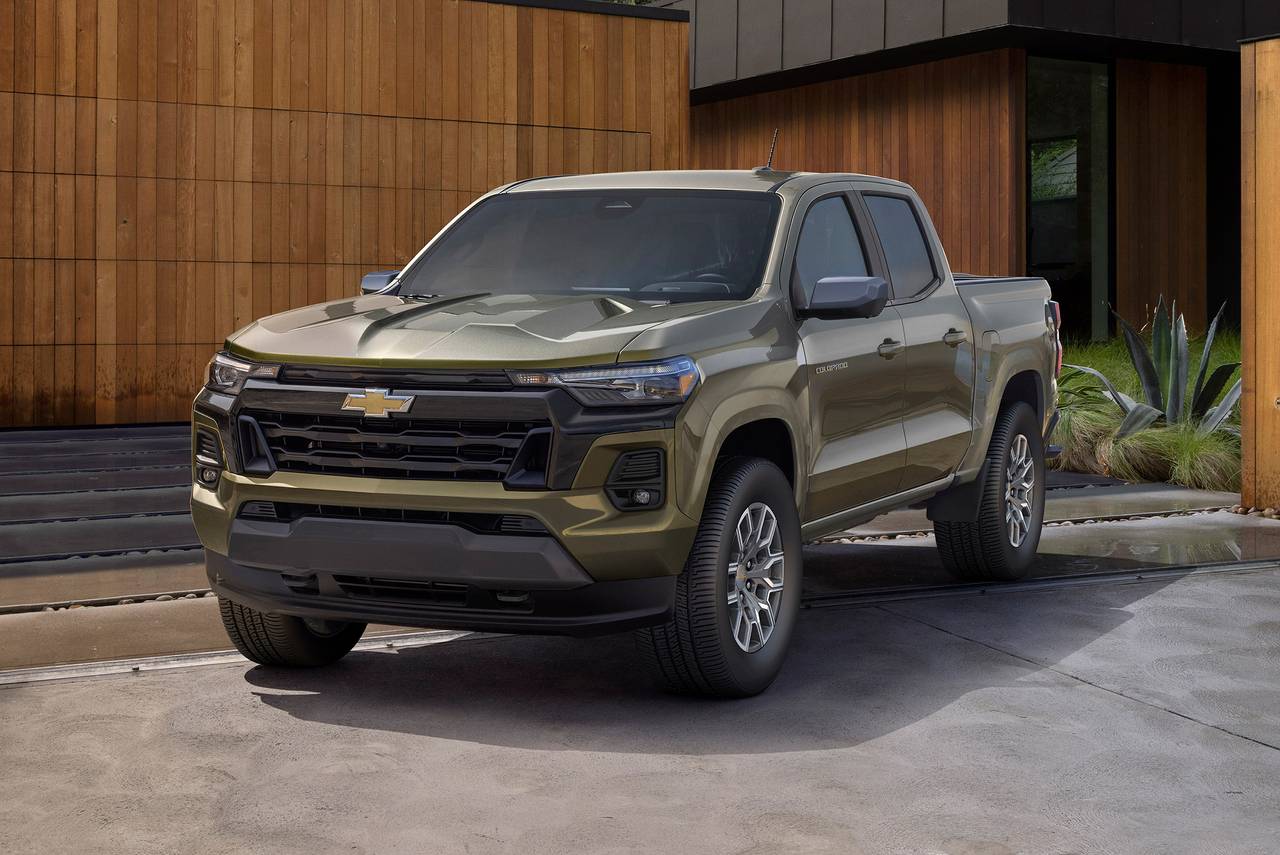
5. Chevrolet (Certain Models)
Chevrolet, a pillar of American automotive manufacturing, offers a wide range of vehicles from compact cars to heavy-duty trucks. While many Chevrolet models are reliable and affordable to maintain, certain models, particularly older or less popular ones, have been plagued by mechanical issues and costly repairs.
These maintenance challenges often stem from design flaws, quality control lapses, and the use of less durable components, leading to uneven reliability across the brand.
One problematic area for some Chevrolet models is engine durability. For instance, the Ecotec four-cylinder engines used in compact cars and crossovers have occasionally exhibited issues with timing chain tensioners, oil consumption, and overheating.
When these problems manifest, repairs can be expensive, especially if the engine requires partial disassembly or replacement of expensive components like the cylinder head or camshaft. Furthermore, some V6 and V8 engines in older models have suffered from head gasket failures and cooling system problems, both of which are costly to fix.
Transmission reliability also varies widely among Chevrolet vehicles. Certain models equipped with automatic transmissions have experienced premature failures or rough shifting, often related to poor transmission fluid maintenance or inherent design issues.
Replacement or overhaul of these transmissions is a major expense, sometimes exceeding the vehicle’s residual value. Manual transmissions, while generally more reliable, may still suffer from clutch wear and associated repairs, especially in high-mileage vehicles.
Suspension and electrical systems on some Chevrolet vehicles have also contributed to high maintenance costs. Worn-out suspension components, such as control arms, ball joints, and bushings, can lead to poor ride quality and handling, requiring costly replacements.
Electrical issues, including faulty wiring, malfunctioning sensors, and problems with onboard computers, are not uncommon and can be challenging to diagnose. Given Chevrolet’s large model lineup, quality and reliability can vary significantly, making it important for buyers to research specific vehicles carefully.
Another factor driving maintenance costs is the disparity in service network quality and parts availability across different regions. While many Chevrolet models benefit from an extensive dealer network, certain niche or older models may face delays in parts procurement or limited mechanic familiarity, resulting in higher labor charges.
Combined with the brand’s sometimes inconsistent build quality, these issues can create an ownership experience marked by unexpected expenses and repairs.
Also Read: 5 Cars With the Lowest Cabin Carbon Footprints and 5 Using Harsh Materials
In the realm of car ownership, longevity and maintenance costs are critical factors that can make or break the ownership experience. As we have explored, some car brands excel at providing durable, reliable vehicles that require minimal costly upkeep, while others often burden owners with frequent, expensive repairs.
Recognizing these differences is essential not only for new car buyers but also for those considering used vehicles, as maintenance expenses can significantly affect overall satisfaction and financial health.
Brands like Toyota, Honda, Subaru, Ford (particularly certain models), and Hyundai stand out for their commitment to reliability, engineering simplicity, and practical design. These manufacturers focus on quality control, robust powertrains, and widely available parts, making it easier and less costly for owners to keep their cars running smoothly for many years.
Their vehicles tend to have proven track records of reaching high mileage without catastrophic failures, supported by service networks that help contain maintenance costs.
The emphasis on durability, combined with thoughtful engineering that avoids unnecessary complexity, has made these brands a go-to choice for consumers seeking dependable transportation without the anxiety of looming repair bills.
Conversely, luxury and performance-oriented brands such as Land Rover, Jaguar, and BMW, along with certain models from Fiat and Chevrolet, illustrate the potential pitfalls of prioritizing advanced technology, premium features, or unique design over straightforward reliability.
While these vehicles may offer superior comfort, status, or driving dynamics, their complexity often leads to increased mechanical and electrical failures.
Specialized parts and labor costs, along with limited availability of affordable aftermarket solutions, escalate maintenance expenses and extend downtime. For owners unprepared for these realities, the financial strain and frustration can outweigh the initial appeal of owning a prestigious or performance-packed vehicle.
However, it is important to note that reliability and maintenance costs are not static traits but rather dynamic outcomes influenced by several factors. Proper, regular maintenance, attentive care, and prompt repairs can mitigate many issues, even with brands that have reputations for higher upkeep.
Additionally, manufacturers are continually improving their engineering, adopting new technologies, and addressing past weaknesses, which can alter the reliability landscape over time. Thus, prospective buyers should not rely solely on brand reputation but also consider specific model years, maintenance histories, and owner feedback.
Ultimately, the best approach to car ownership is one grounded in knowledge and realistic expectations. By understanding which brands tend to offer durable, low-maintenance vehicles and which are more likely to incur costly repairs, consumers can make choices that align with their priorities and budgets.
This foresight not only preserves financial resources but also enhances the enjoyment and convenience of vehicle ownership. Whether one values rugged dependability, sporty luxury, or urban efficiency, there is a vehicle out there tailored to their needs — but knowing where maintenance costs typically lie is key to finding the right fit for the long haul.

